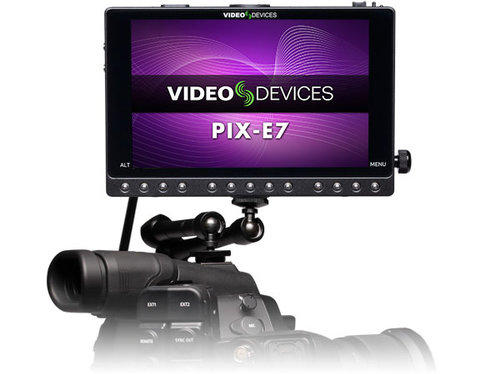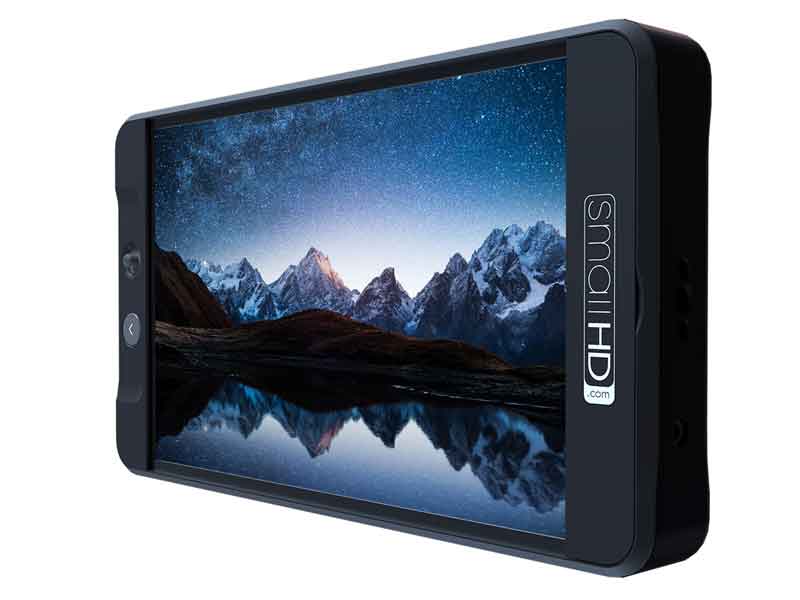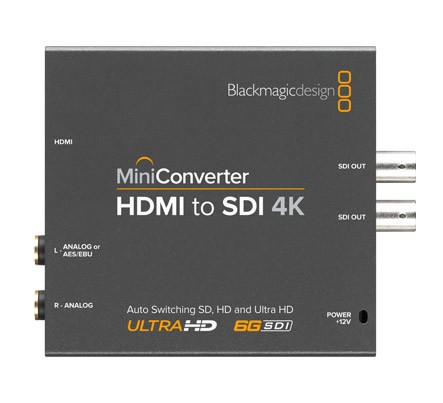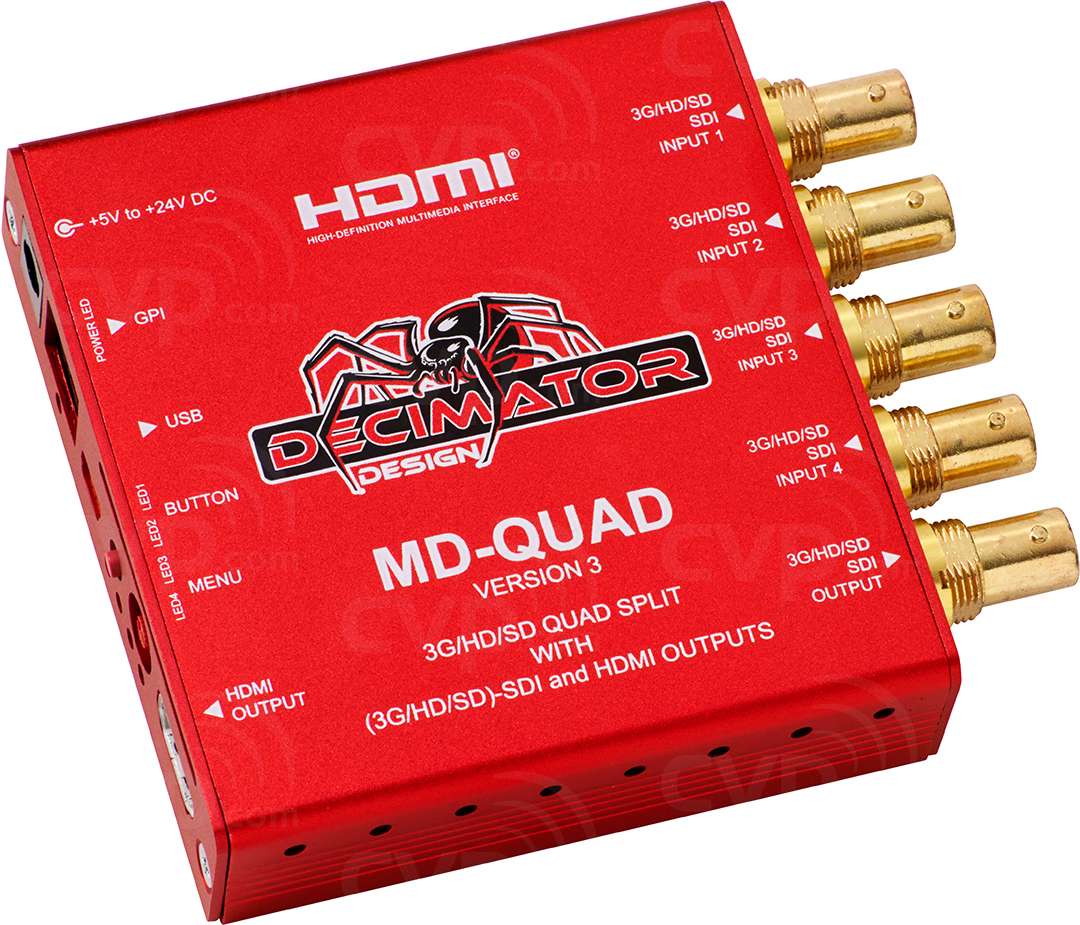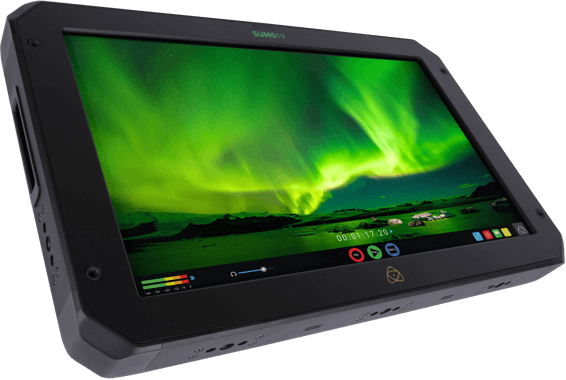Video Devices PIX-E7
PIX-E7 4K Monitor and Video Recorder
The 7-inch PIX-E7 4K-compatible recording field monitor combines powerful recording capabilities (Apple ProRes & H.264), an impressive suite of precision monitoring and scopes, and build quality that is second to none, to give video professionals an essential all-in-one tool for their kit.
SpeedDrive Recording and File Delivery
The PIX-E7 records to the innovative, super fast SpeedDrive, a custom-designed enclosure that holds an industry standard mSATA drive. The SpeedDrive, which plugs directly into the PIX-E, doubles as a USB 3.0 thumb drive for very high-speed offload to any computer without the need for a special cable or drive docking station.
The Video Devices PIX-E7 monitor/ recorder comes equipped with 1TB SSD storage.
Outstanding Recording Capabilities
The PIX-E7 offers the full range of Apple® ProRes codecs from Proxy to 4444 XQ. The latter is a 12-bit codec designed to preserve the detail in wide dynamic range imagery captured by today’s high-performance digital image sensors. PIX-E7 can record 4K up to 30 fps, UHD up to 30 fps and 1080p or 720p up to 120 fps.
The PIX-E7 is also capable of recording H.264, a codec which offers a good balance between compression and quality to reach low data rates and small file sizes, perfect for web streaming, email, and faster file uploads. Like ProRes, H.264 may be recorded to the SpeedDrive, if chosen as the primary codec. Otherwise, end users can enable the monitor’s dual codec recording capability, where ProRes is recorded to the SpeedDrive and H.264 is simultaneously recorded to an SD card. While recording 4K in ProRes, the monitor will automatically scale the 4K to 1080p for recording H.264, thereby reducing its file size even further.
If a LUT is active, it will be baked into the recorded H.264 file, but will not impact ProRes recordings. This is ideal for when you want to simultaneously record a full dynamic range, log-encoded ProRes master file for the edit suite and a REC709 H.264 file suitable for normal viewing.

